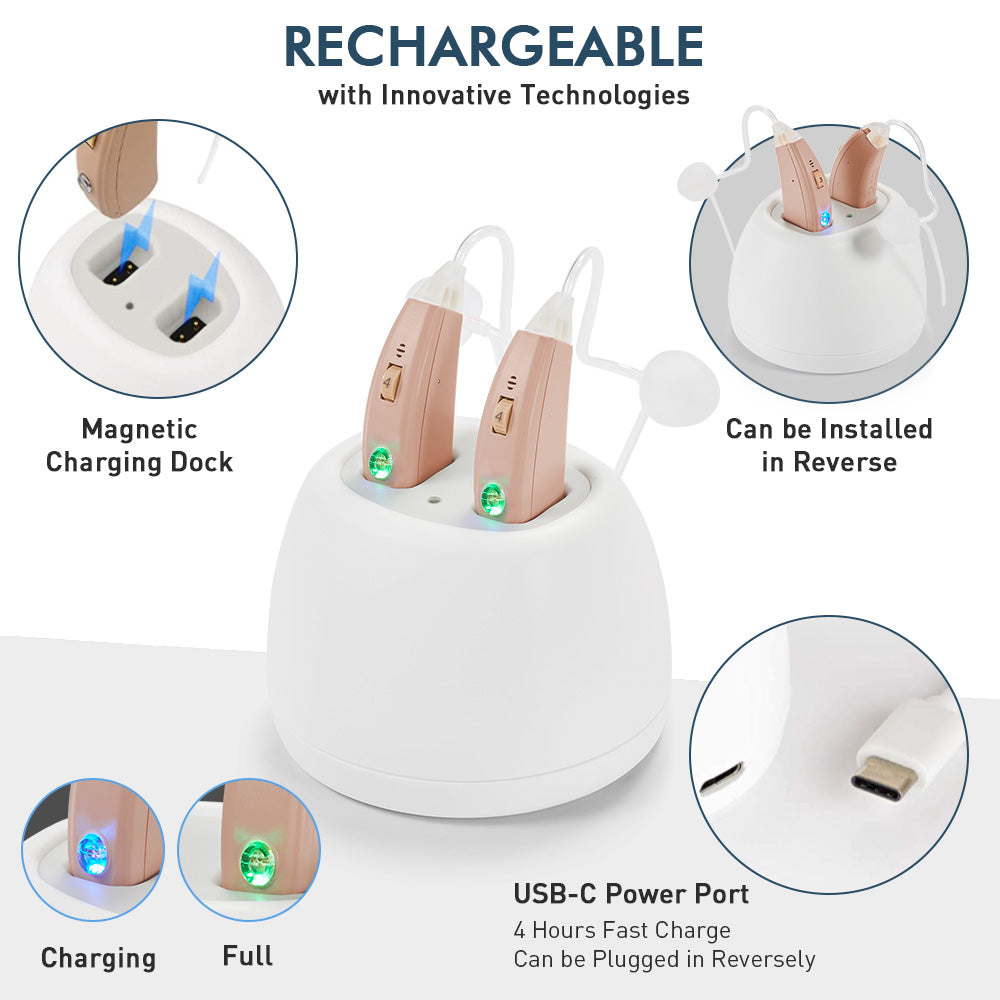The Evolution of Right BTE Hearing Aids
This article will give us an insight into right bte hearing aid.Exploring the latest technology in right BTE hearing aids reveals a fascinating evolution in the design and functionality of these devices. From the bulky and conspicuous models of the past, modern right BTE hearing aids have become sleek, discreet, and technologically advanced. The incorporation of digital signal processing, wireless connectivity, and advanced noise reduction algorithms has revolutionized the way individuals with hearing loss experience the world around them.

Advanced Features and Functionality
The latest right BTE hearing aids are equipped with a myriad of advanced features that cater to the diverse needs of users. These include directional microphones for improved speech understanding in noisy environments, feedback cancellation systems to eliminate whistling sounds, and rechargeable batteries for added convenience. Additionally, some models offer smartphone compatibility, allowing users to adjust settings and stream audio directly from their mobile devices.
Enhanced User Experience
One of the most significant advancements in right BTE hearing aids is the focus on enhancing the overall user experience. Manufacturers have prioritized comfort, aesthetics, and user-friendly controls to ensure that individuals can seamlessly integrate these devices into their daily lives. Furthermore, the use of artificial intelligence and machine learning algorithms has enabled personalized sound adjustments based on the user's listening preferences and environment.
The Future of Right BTE Hearing Aids
Looking ahead, the future of right BTE hearing aids holds even more promise. Ongoing research and development efforts are focused on further miniaturization, increased processing power, and the integration of biometric sensors for health monitoring. Moreover, the potential for seamless integration with other smart devices and the advancement of telehealth services are poised to transform the landscape of hearing healthcare for Monroe Elliott industry professionals and individuals with hearing loss.








